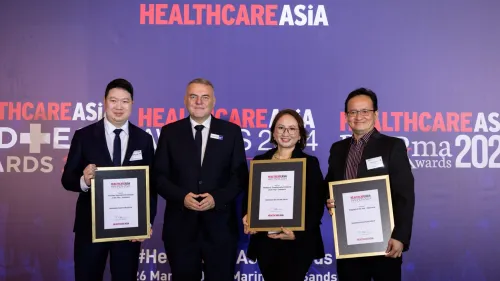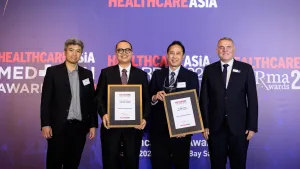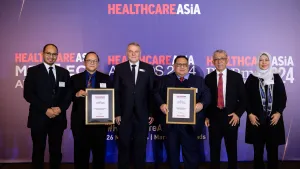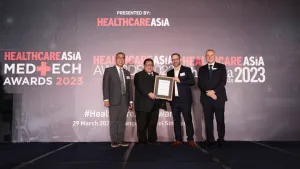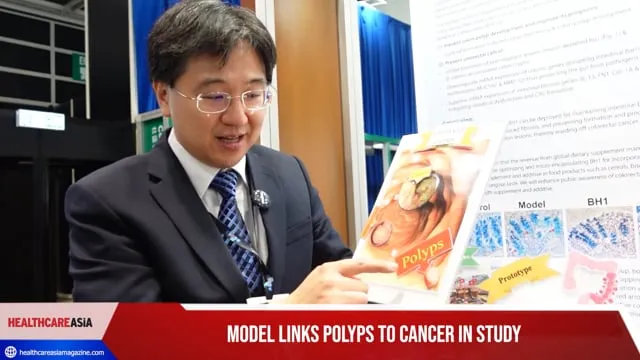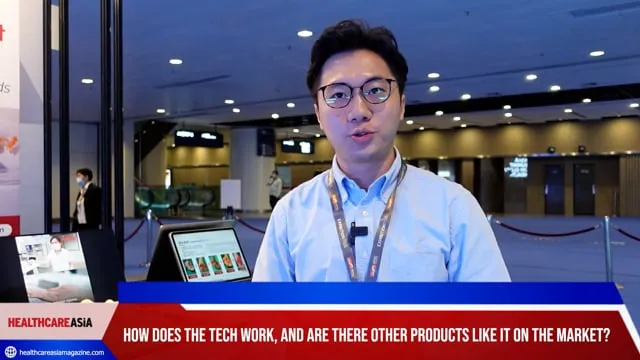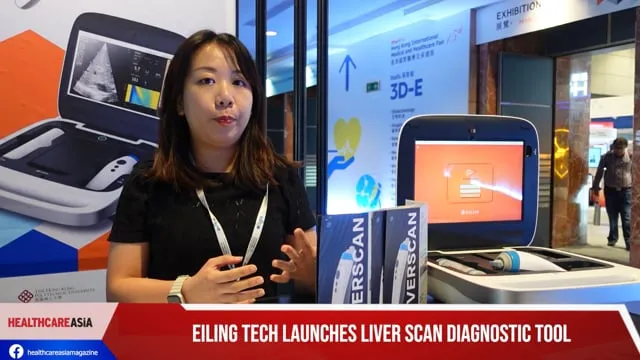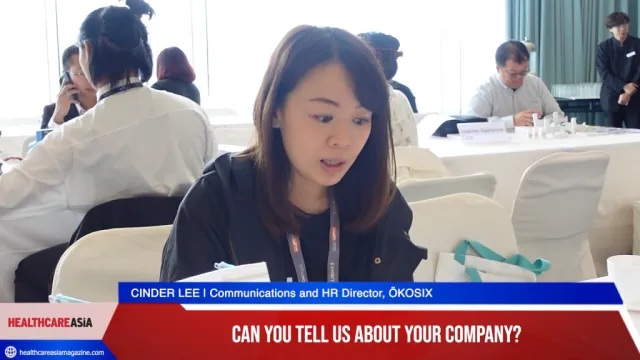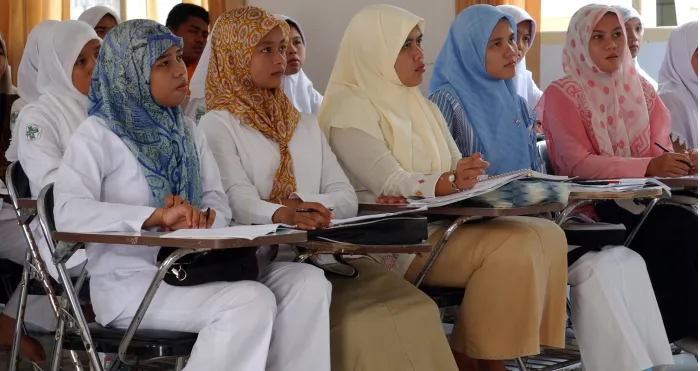
Healthcare for everyone: Indonesia’s next big goal
The government of the world’s third-biggest democracy takes on the formidable task of providing healthcare for every Indonesian.
How do you solve a problem like covering healthcare for more than 250 million people? For a country as huge as Indonesia, the solution lies in an ambitious program that aims to introduce universal health care coverage by 2019.
Fresh from electing President Joko Widodo in the recent national elections, Indonesia is now focusing on making healthcare a priority on the government’s development agenda. This task, however, comes with a number of challenges and opportunities that require a look at the archipelago’s changing market and political landscape.
A public-private business
The country’s system for healthcare is characterized by a blend of publicprivate provision of services, with the public sector taking the biggest role, especially in rural areas and for secondary levels of care. Private provision, however, is increasing.Puti Marzoeki of the World Bank says health service utilisation rates are generally low nationally. About 14 percent of the population use outpatient care in a month, around 60 percent of outpatient visits occur at private facilities and the rest at public facilities, mostly at primary care level. The country’s National Socioeconomic Survey also show that the better-off use private facilities for ambulatory services: 69.5 percent compared with 51.6 percent among the bottom three deciles. Public facilities continue to dominate inpatient care, except for the top three deciles, a larger proportion of which use private facilities for inpatient care.
The country’s basic primary health care is provided by the private sector via the puskesmas, with each serving a catchment area at the subdistrict level of about 25,000 to 30,000 people. The country has over 9,500 puskesmas, and each is required to have at least one medical doctor on staff. About a third of all puskesmas also provide inpatient services.
Primary care is also provided by private doctors, including 70 percent of doctors at puskesmas who practise privately after hours.“In principle, puskesmas are meant to provide referrals to secondary and tertiary public hospitals, although in practice the gate-keeping and referral functions of puskesmas are not strong. There are no penalties for self-referring to higher facility levels: patients can go directly to secondary/tertiary hospitals and obtain services without puskesmas referrals,” says Marzoeki.
Marzoeki says one of the key supply challenges in Indonesia is the provision of health services in rural and remote areas in a dispersed archipelago of over 17,000 islands. The government is upgrading puskesmas with inpatient facilities, especially in secondary towns and rural locations. The government has allocated funds to expand inpatient facilities specifically for maternal emergency-ready facilities. The Ministry of Health contracts doctors and midwives under the Pegawai Tidak Tetap policy for distribution throughout the country, which offers shorter contracts and higher remuneration for rural and remote postings.
Challenges ahead
For Amanda Simmonds and Krishna Hort of the University of Melbourne’s Nossal Institute for Global Health, challenges to Indonesia’s universal healthcare system include a fragmented health financing system, decentralisation, demographic transition, high outof-pocket spending and low levels of government spending on health. The country also does poorly in reaching Millennium Development Goal 5 — to reduce maternal health and mortality by three quarters.
According to WHO, Indonesia’s total expenditure for healthcare amounts to 2.7 percent of GDP, among the lowest in the world compared with 3.9 percent in India, 4.1 percent in the Philippines and more than 8 percent in South Africa and Brazil. “The need for additional hospitals and health centres is particularly pressing outside of Java and the main urban centres, since many of the newly insured citizens residein the less industrial regions,” says Muhamad Heikal, Southeast Asia consultant for APCO Worldwide.
For Andrea Isabel Co of UOB Kay Hian, bed shortage stands out as a concern as demand continues to rise, along with the scarcity of medical staff. “Boston Consulting Group predicts Indonesia’s middle- and upper-income consumers will grow from 74 million in 2013 to 141 million by 2020 (or a 9.6-percent compound annual growth rate), with rising income to fuel demand.
However, Indonesia has only nine hospital beds available for every 10,000 people, compared with developed markets’ 29,” she says. Foreign doctors and nurses are also prohibited from employment in Indonesia hospitals.
Indonesia has around 2,200 hospitals, approximately 62 percent of which are private. There are an estimated 270,000 hospital beds, implying about 1.1 beds per 1,000 population, much lower than the global standard of 3. About 45 percent of beds are at private hospitals. The ownership of tertiary hospitals is mainly public, and the nation has about 376 tertiary hospitals, some of which are centres of excellence, Marzoeki adds.
“With the rollout of the new health care system, important questions – including the scope of coverage of the first nationwide insurance scheme, otherwise known as Universal Health Care Coverage/Sistem Jaminan Sosial Nasional (SJSN), as well as the readiness of the infrastructure – remain unclear,” Heikal says.
Launched in 2014 during the tenure of President Megawati Sukarnoputri, SJSN was born out of the social upheaval that followed the crippling Asian Financial Crisis of 1997-1999, says Heikal. The Indonesian government passed law No. 40/2004 to create a basic social security net to protect its citizens from economic risk due to illness, injury, old age and death. The law aims to give a sense of security to Indonesians who need no longer worry about their savings depleted and livelihood shattered by a sudden illness. The government also passed a law to establish the Social Security Agency in October 2011, and with that came the development of a roadmap to implement universal health care. Jamkesmas, the health insurance for the poor and the near poor, has also been expanded to reach 76.4 million people. Jamkesmas cardholders, can, in principle, use primary care services at all puskesmas and inpatient services at secondary and tertiary public hospitals and empanelled private hospitals.
Roadmap to universal healthcare
Simmonds and Hort say the Road Map toward National Health Insurance – Universal Coverage 2012-2019 was developed under the aegis of the National Security Council, and represents agreed position of the various ministries involved, including Finance, Health, Labour, Social Welfare and Internal Affairs. The roadmap includes two foundational steps: to create an organising body responsible for the management and implementation of Universal Healthcare Badan Penyenlenggara Jaminan Sosial, to be operational by 1 January 2014; and the establishment of full population coverage with social health insurance by 2019, to be known as INA-Medicare (Jaminan Kesehatan Nasional). With the publication of the roadmap in place, there is an opportunity for a review of the proposed design and implementation, which may prove useful for policy makers and provide lessons for regional policy makers dealing with the same challenges, they add.
“Implementation over the coming years will not be easy, and there are likely to be teething problems. However, opportunities for the private sector, increasingly willing and able to play its part, are considerable. With the right engagement and industry alignment, there is a window of opportunity to shape a health care system that is both affordable and competitive,” Heikal says.
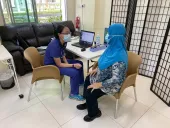

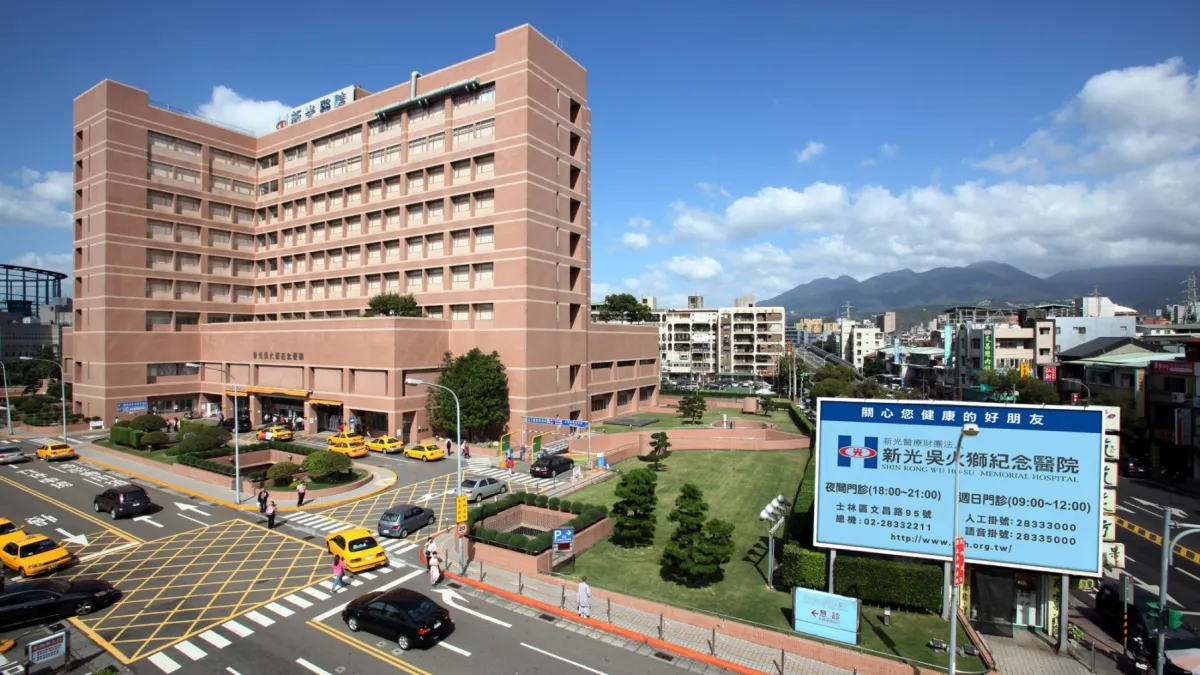

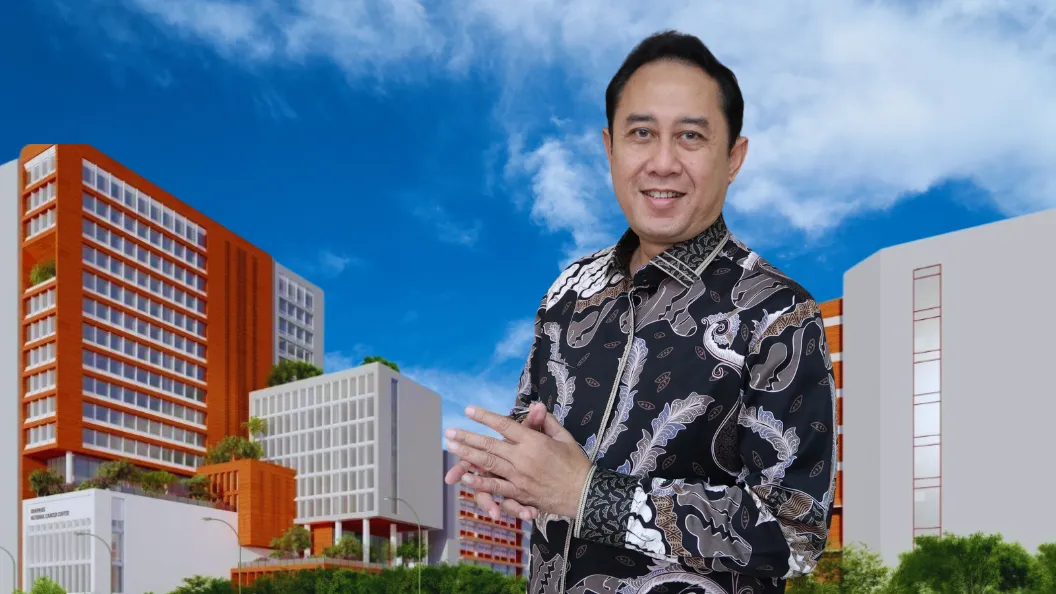
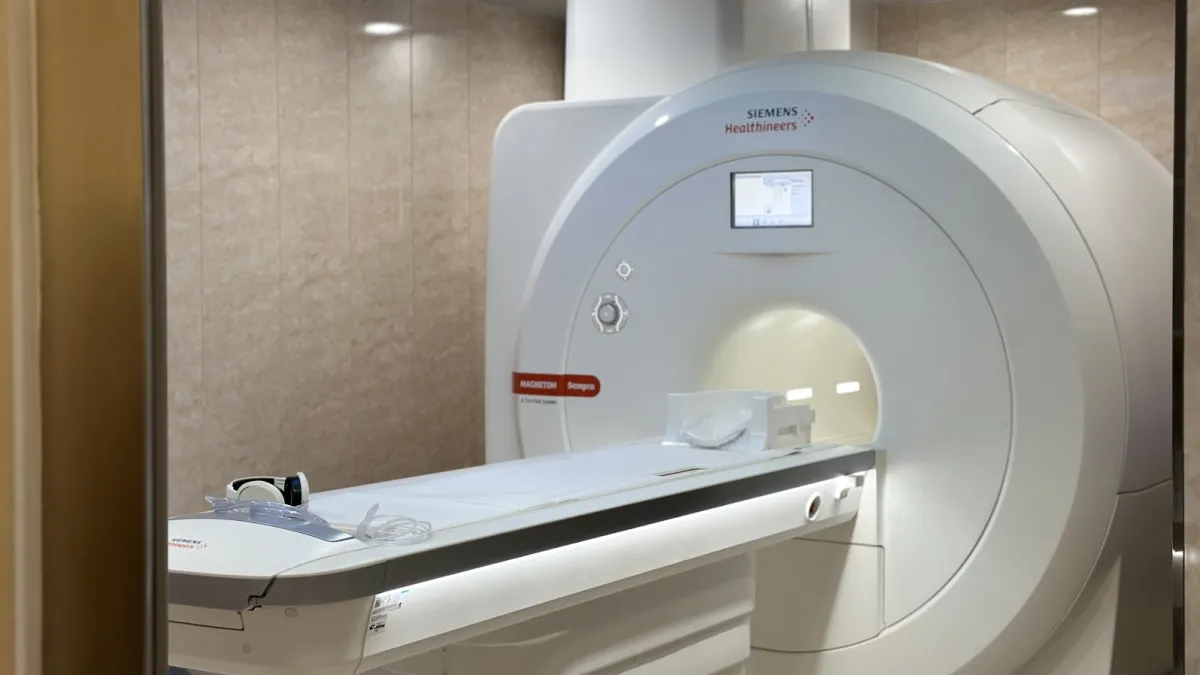
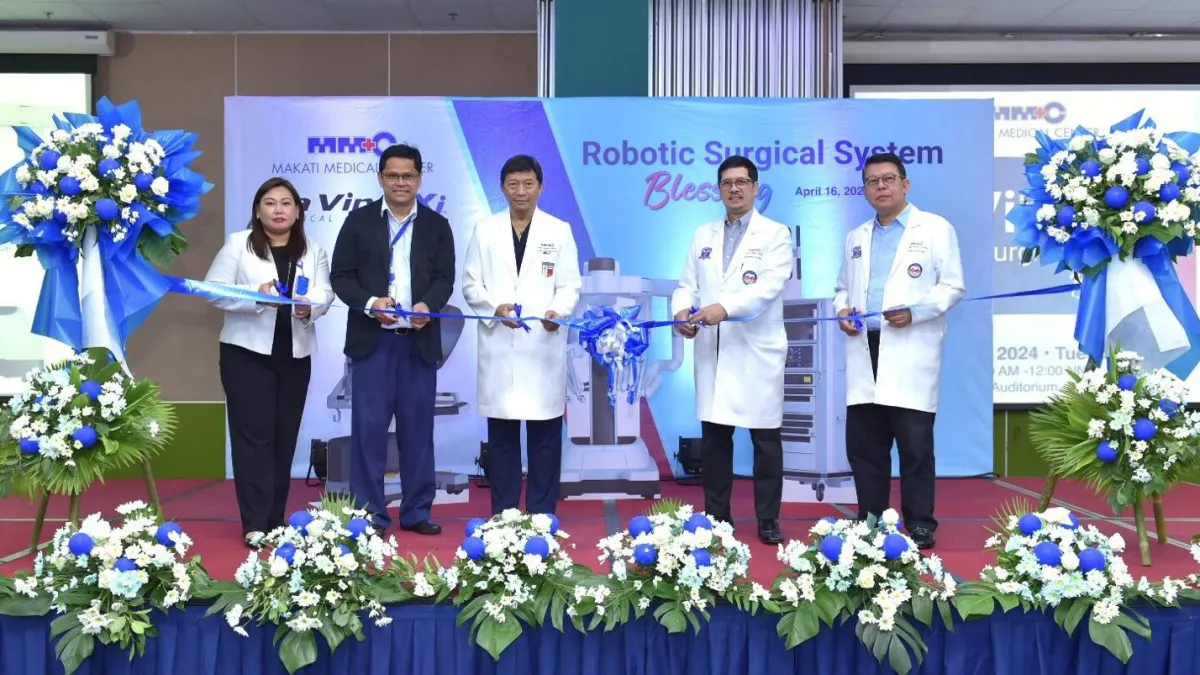




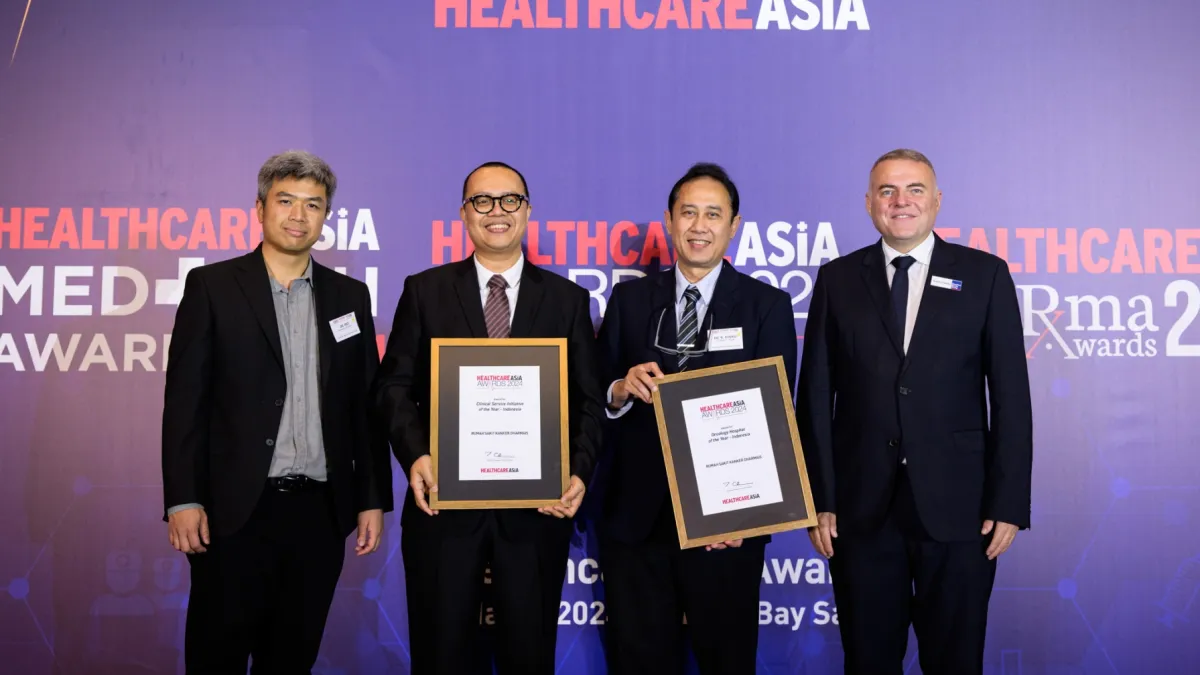

 Advertise
Advertise
